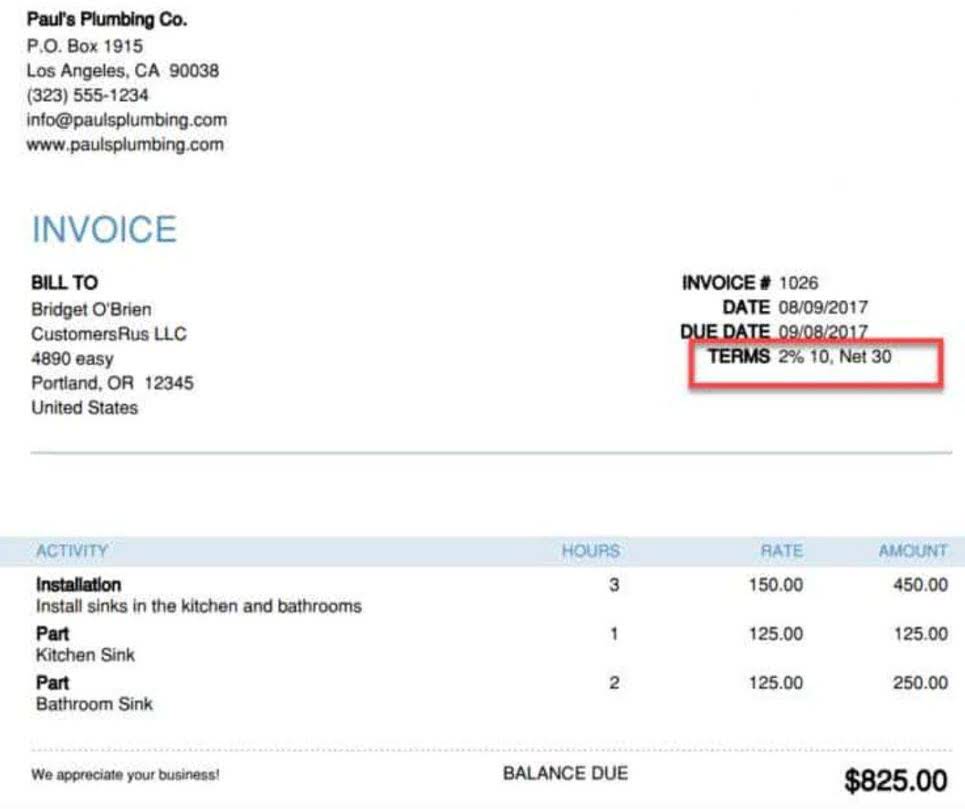Sales Forecasting: What Is It, Importance, And Methods

Forecasting by deal age is quick and easy, but it can sometimes be inaccurate due to emotion and bias. One strategy for eliminating the impact of emotion on sales forecasting is to use a qualification framework, which generates a score for each deal. Use the following process to begin or improve a sales forecasting process. Invest in a robust customer relationship management (CRM) system that can capture and organize your sales data efficiently. This will also allow you to track customer interactions, manage leads and opportunities, and generate reports. Businesses should look into combining both qualitative and quantitative forecasting techniques to achieve the best sales forecasts possible.
By contrast, an inaccurate sales forecast leaves sales managers wondering whether they’ll actually hit quota. Business-to-consumer (B2C) organizations can also use this method if they follow a typical sales cycle for closing deals. Ecommerce businesses can use it if they track website traffic, browsing, and purchasing rates.
Qualitative forecasting techniques
Indiana University Professor Douglas J. Dalrymple performed an influential study in 1987 that surveyed how businesses prepared sales forecasts. He found that qualitative and naive techniques predominated, but that early adopters were reducing errors by using computer analysis. At this time, PCs were starting to proliferate and come down in price. As your sales forecasting improves, you reap bigger benefits, such as better planning and higher profits.
- Therefore, you clearly understand that more variables are needed to create forecasts you can truly rely on.
- That’s why having an easy-to-use customer relationship management (CRM) platform is so critical to gathering objective, usable data for sales forecasting.
- This includes collecting past sales data, information on past and current trends, and current sales pipeline information.
- The more peanut butter people buy, the more jelly they’ll buy as well.
- If you can’t figure out which method to use, then you can bring in a sales forecasting expert so they can analyse the data themselves, and be able to pick the appropriate method to use.
- Your sales
forecasting will be realistic when you consider the following factors.
These statistical relationships are then extrapolated into the future to generate forecasts along with confidence intervals to understand the likelihood of the actual outcomes falling within that scope. With experience on the field, they will be able to more realistically sales forecasting definition assess what is and is not possible. Sales forecasting is the process of estimating a company’s sales revenue for a specific time period – commonly a month, quarter, or year. A sales forecast is prediction of how much a company will sell in the future.
What is a sales forecast?
It reviews each opportunity currently sitting in your pipeline and calculates its chances of closing based on unique company variables including the rep’s win rate and opportunity value. The traditional approach to sales forecasting is filled with gaps, particularly for teams who use disparate systems and processes to manage the revenue cycle. Without a consolidated view of pipeline health and buyer insights, revenue leaders must guess their forecast, so they are perpetually at risk of surprise outcomes. They have dozens of dashboards, but they’re not sure they can trust the data. Instead, they are forced to rely on the gut intuitions of their whole team to inform their forecasting models.

If forecasts are off, the company faces challenges that affect everything from pricing to product delivery to the end user. For example, you may know that your business typically grows at 15% year over year. You also know you closed $100k of new business this month last year.
Knocked out by too much data? Sales forecasting AI + CRM pump up wins
Finally, statisticians can utilize forecasting to analyze the potential impact of a change in business operations. For instance, data may be collected regarding the impact of customer satisfaction by changing business hours or the productivity of employees upon changing certain work conditions. These analysts then come up with earnings estimates that are often aggregated into a consensus figure. If actual earnings announcements miss the estimates, it can have a large impact on a company’s stock price.
Some of them draw from statistics concepts, such as standard deviation, and computer applications and statistics guides can help you calculate them. If you don’t have historical data, you can use industry benchmarks from trade publications, industry associations, and consultants. For example, if you are launching a new recipe app, look at market research on how other cooking apps have performed.
Leave a Reply
Want to join the discussion?Feel free to contribute!